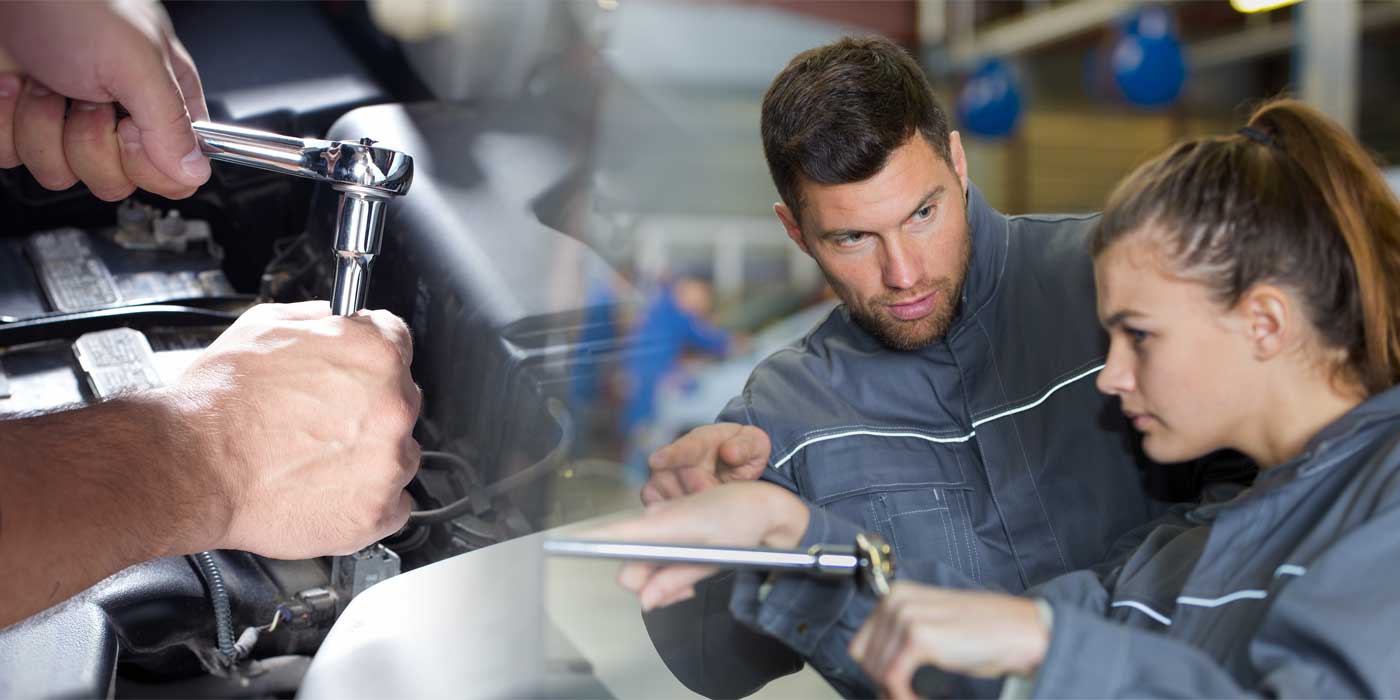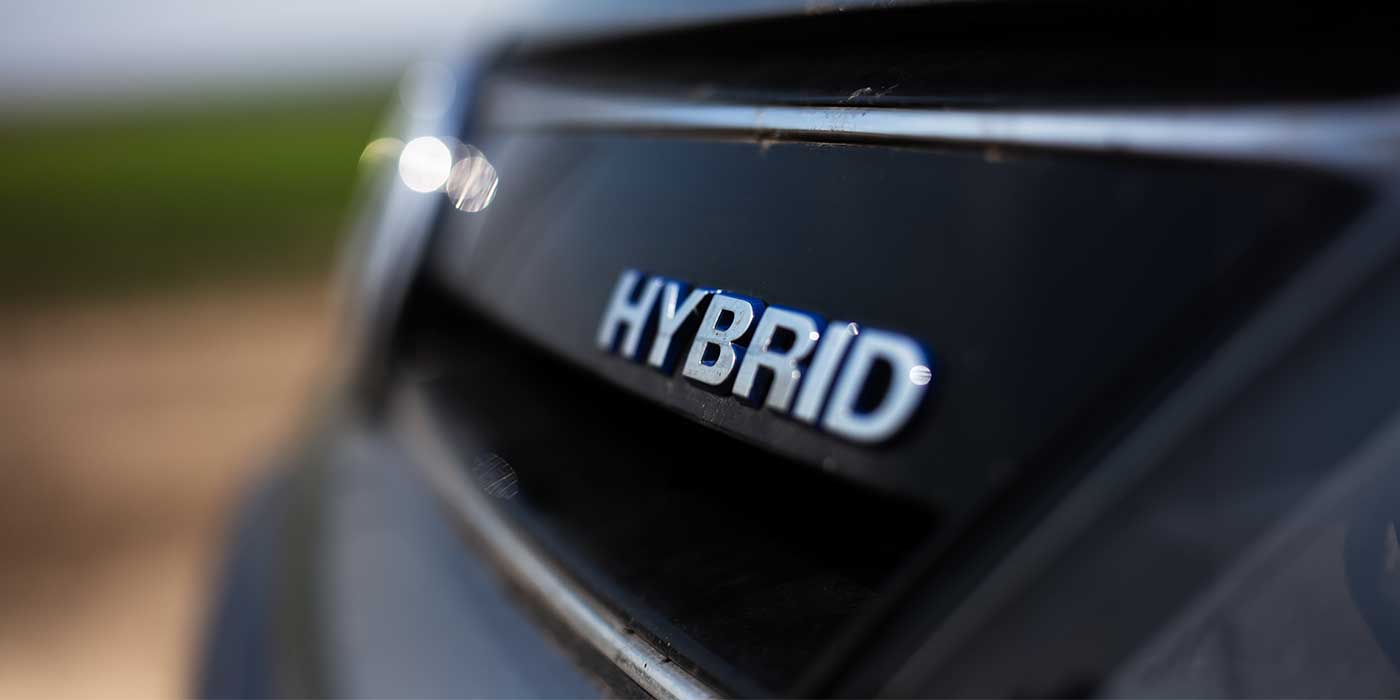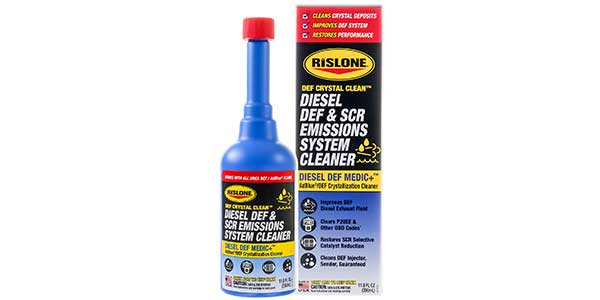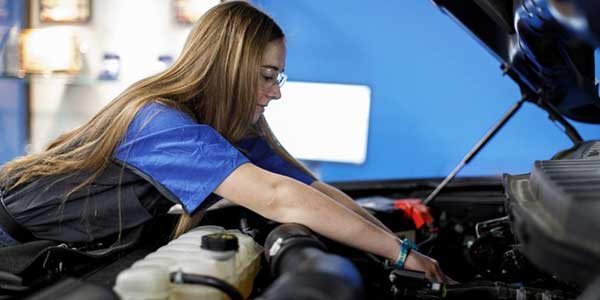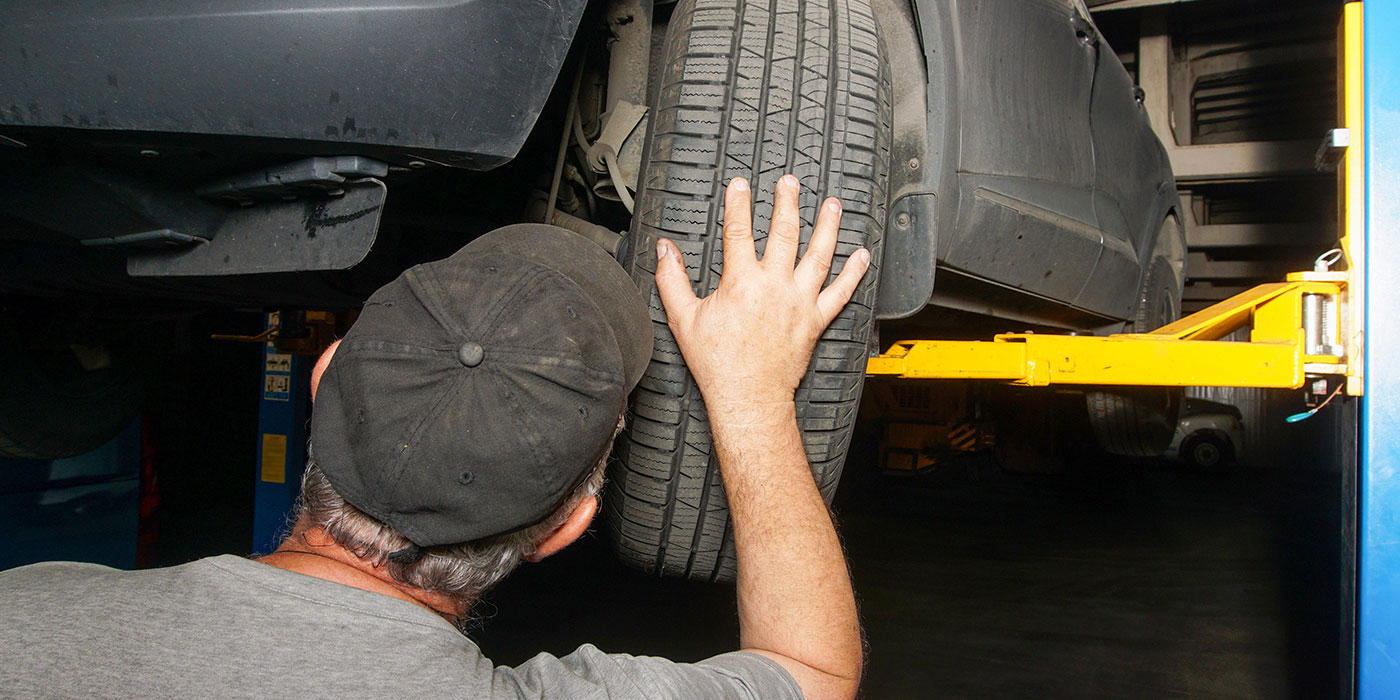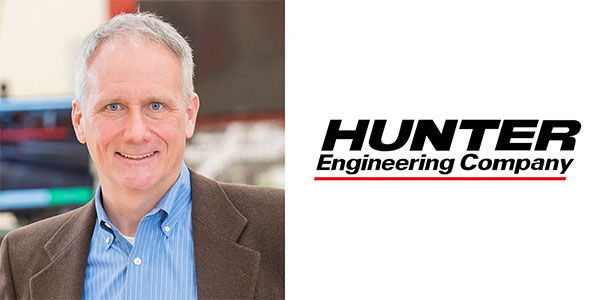By Jay Goninen, co-founder and president of WrenchWay
Rob Frohwein, co-founder and CEO of Keep Financial
Businesses everywhere are experiencing a universal shortage of talent. A recent study by NFIB showed that 46% of all small business owners reported job openings they could not fill in the current period, down three points from August, while the number of unfilled job openings far exceeds the 48-year historical average of 23%. Furthermore, 89% of those owners hiring or trying to hire reported few or no qualified applicants for their open positions.
This is a sign of a changing job market, where many industries are looking to fill many positions as quickly as they can. This can be seen in the automotive industry — a new report from Techforce shows that the demand for automotive technicians has nearly doubled in the last year alone, from 136,000 jobs that need to be filled in 2020, to 236,000 jobs in 2021.
So, what can you do to attract skilled workers to your company during this talent shortage and stand out amongst the competition? Think: flexible compensation, employee spotlights and community programs.
Here are our top three suggestions:
1. Bring Value to the Employee
It may sound simple, but one of the best ways to attract the right employees is also the simplest: money. A retention-based signing bonus can put cash in the hands of employees, while ensuring an employee’s commitment in return. With that money, they could choose how to invest in their lives, whether it’s investing that money for retirement, upgrading the resources or tools they may need to improve their work, or start a college fund for their children. Allowing employees to have more flexibility in their compensation could improve the relationship they have with their employer, which could ultimately lead to better employee retention.
2. Showcase Your Culture and Employee Engagement
When looking for a new job, employees want to know about the culture of the company. What will the new work environment be like? How will they get along with their new co-workers? Employee spotlights and testimonials can make all the difference when a worker is choosing between companies or shops. Include photos or videos of the staff and work environment or create content that gives potential employees a “behind-the-scenes” look. The more authenticity companies show to prospective employees, the better chances you’ll have of them choosing your business for their next job.
3. Build Relationships with the Community
Another great way to attract skilled workers is to leverage the community in your recruiting efforts. Visit local schools to meet with teachers and collaborate with the next generation of workers. Familiarizing students with your business before graduation can help you get a leg-up on the competition. Also, visit non-profit organizations or local job centers, which can in-turn drive jobseekers directly to you.
As the workplace continues to evolve post-pandemic while fighting today’s economic turbulence, one thing is clear, the traditional ways of doing things no longer works. Whether it’s recruitment, retention or compensation, it is time for organizations to take a hard look at their compensation packages. Today’s companies need a game-changing way to recruit and deliver value to their great asset — skilled workers — with options that will prepare them up for a better tomorrow, while setting their organization apart from the rest.


